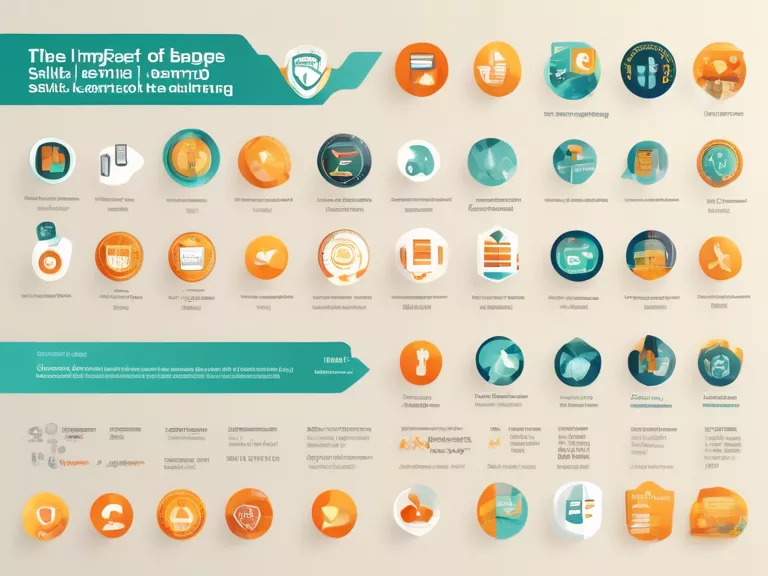
In today's digital age, collaborative learning apps have transformed the way knowledge is shared among peers. These platforms provide a space where students can engage with one another in a collaborative and interactive manner, fostering peer-to-peer knowledge sharing. From group projects to study sessions, these apps have revolutionized traditional learning methods by encouraging cooperation and teamwork among students.
One of the key benefits of using collaborative learning apps is the ability to connect with peers in real-time, regardless of physical location. This allows students to collaborate on assignments, share resources, and provide feedback to one another effortlessly. By leveraging technology, students can learn from each other's strengths and weaknesses, creating a more enriching educational experience.
Moreover, collaborative learning apps promote active participation and engagement among students. Instead of passively consuming information, students are encouraged to contribute their ideas, thoughts, and opinions to the conversation. This not only fosters a deeper understanding of the subject matter but also cultivates critical thinking and problem-solving skills.
Additionally, these apps provide a platform for personalized learning experiences. Students can tailor their learning journey to suit their individual needs, whether it's revisiting a challenging topic or exploring advanced concepts. By facilitating self-directed learning, collaborative apps empower students to take ownership of their education and progress at their own pace.
Overall, collaborative learning apps play a crucial role in fostering peer-to-peer knowledge sharing and enhancing the learning experience. By facilitating collaboration, promoting active participation, and providing personalized learning opportunities, these apps empower students to learn from one another and grow together.



